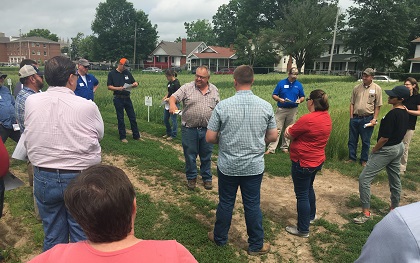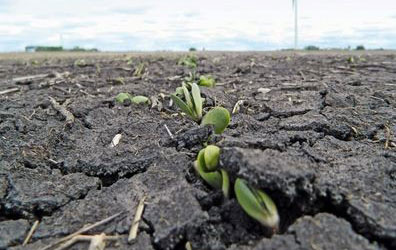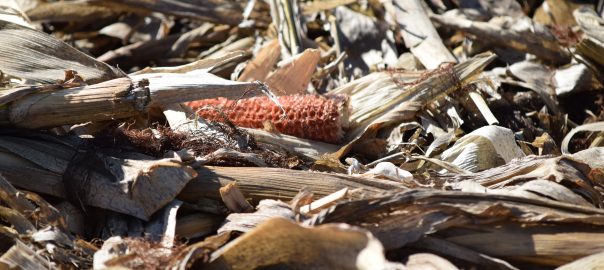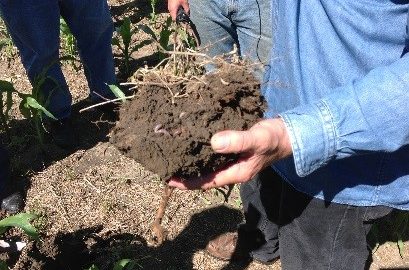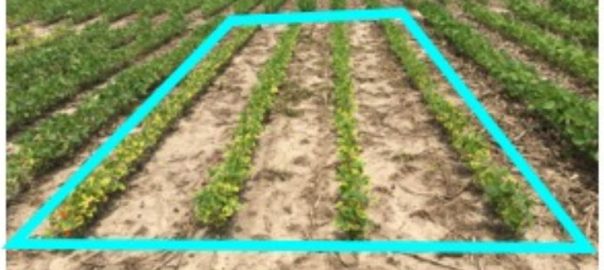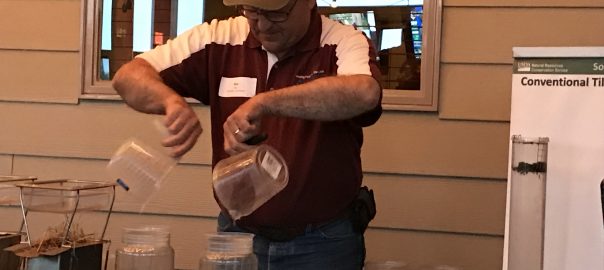Understanding Farmers, Educators, and Agency Staff’s Perceptions of Soil Health
Over the past decade, there has been significant research aiming to better understand the biophysical processes and indicators of soil health. Significantly less research however, has been dedicated to understanding people’s perceptions surrounding soil health. To help address this research gap, the Soil Health Nexus team conducted a survey to better understand how different audiences define soil health, growers’ perceived barriers to adopting soil health practices and resource needs for teaching soil health.
Read More...